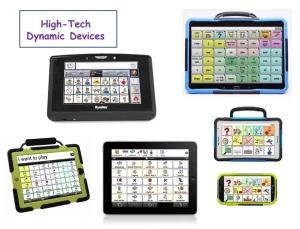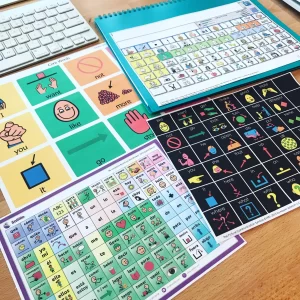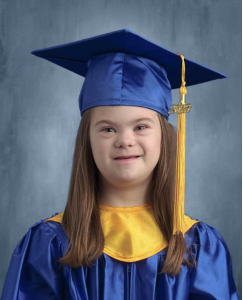About 2 to 3 out of every 1,000 children in the United States are born with a detectable level of hearing loss in one or both ears! Hearing loss can occur gradually over time and parents may not even realize their children have it. Children may simply adjust to the changes in their hearing and not realize they are missing out on important speech sounds and words.
What is a hearing screening?

A hearing screening is frequently used to check a person’s ability to detect the loudness and pitch of sounds. You can either “pass” or “fail” the screening. If your child passes and there are no other concerns, then you can continue with your child’s regularly scheduled hearing screenings. If your child “fails”, or if you have other concerns about their hearing, then an appointment for more in-depth testing may be necessary to see if there is a hearing loss and what treatment options are best to help support your child. These hearing screenings can help identify people who may need a more thorough hearing evaluation that can be completed by medical personnel such as ENTs or audiologists. Pediatric hearing screenings may take place in early intervention, school audiology, medical, and/or home settings.
How can I tell if my child has hearing loss?
- Difficulty recognizing familiar voices
- Delayed or absent speech sounds (not making cooing noises, babbling less, few words, distorted speech sounds, etc.)
- Not turning head toward interesting or startling sounds
- Delayed language (difficulty understanding simple words, following directions, etc.)
- Delayed or absent emergence of first words as by two years old children should start combining words into 2-word phrases)
- If child is older, they may frequently asks others to repeat themselves for clarification
- Child is speaking louder than others
- Lack of attention to others, conversations, environmental surroundings
- Struggles with academics
What causes hearing loss in young children?
- Frequent ear infections (otitis media; most common)
- Measles or meningitis
- Head injuries
- Exposure to loud noises
- Genetic disorders
Interesting Fact… 5/6 children experience ear infections (otitis media) by the time they are 3 years old!
What should I do if I suspect my child has hearing loss?
If you suspect your child has hearing loss, speak with your healthcare provider and discuss your child’s current hearing abilities and address your concerns if you suspect signs of hearing difficulties at home. Early hearing detection and a formal evaluation completed by an audiologist, ENT and/or other qualified medical professional can help determine specific needs and appropriate treatment goals to further support your child’s success. It is important to regularly check on your child’s hearing health to monitor potential changes in hearing!
How can Speech therapy help?
Speech-Language Pathologists can play a role in your child’s hearing health by completing hearing screenings as a part of a formal speech and language assessment. If your child does not pass a hearing screening completed by the Speech-Language Pathologist, then a referral will be made for further evaluation with audiological/medical professionals to provide the best of care to your little one. Language acquisition is an essential component of your child’s overall development. Significant hearing loss, if undetected early, can lead to a speech and language delay, further putting your child at risk of falling behind same-aged peers. Given that our hearing plays a significant role in living our daily lives, it is crucial to have your child’s hearing formally evaluated at key milestones, beginning at birth to help lead them to better speech, language, and educational outcomes in the future!
Schedule a screening at Carolina Therapy Connection today!
Blog By: Lindsey Bryant, SLP


































